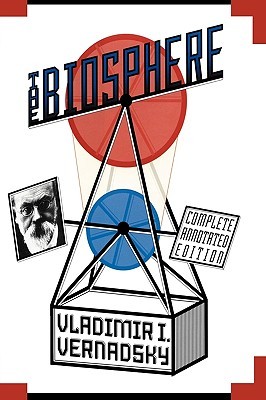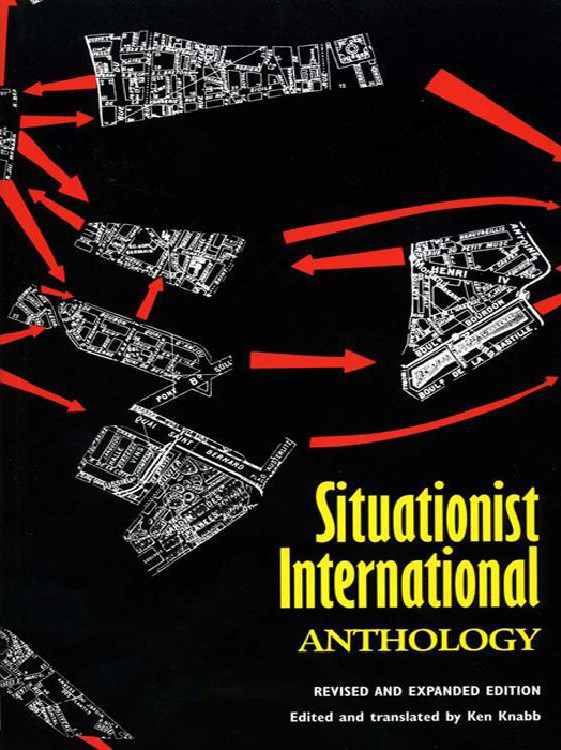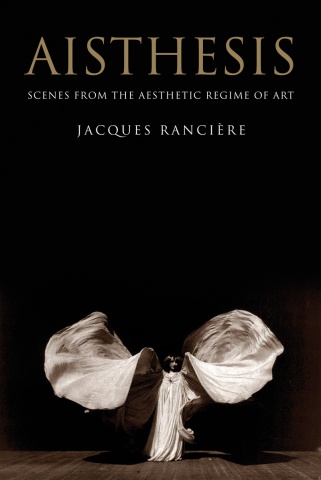Vladimir Vernadsky: The Biosphere (1926–) [RU, ES, EN]
Filed under book | Tags: · animal, atmosphere, biochemistry, biology, biosphere, chemistry, climate, earth, energy, environment, geochemistry, geology, land, life, light, ocean, plants, science, space, sun, time, water, weather

“First published in 1926 but long neglected in the West, Vladimir I. Vernadsky’s The Biosphere revolutionized our view of Earth. Vernadsky teaches us that life has been the transforming geological force on our planet. He illuminates the difference between an inanimate, mineralogical view of Earth’s history, and an endlessly dynamic picture of Earth as the domain and product of living matter to a degree still poorly understood.
The 1998 edition, which is the first English translation of the entire text, features contributions by Mark A. S. McMenamin, Professor of Geology at Mount Holyoke College, who has written extensive annotations to explain the structure of Vernadsky’s arguments and their modern relevance, and Jacques Grinevald, an authority on the idea of the biosphere, who penned an introduction that places the book in historical context.”
English edition
Foreword by Lynn Margulis, Mauro Ceruti, Stjepko Golubic, Ricardo Guerrero, Nubuo Ikeda, Natsuki Ikezawa, Wolfgang E. Krumbein, Andrei Lapo, Antonio Lazcano, David Suzuki, Crispin Tickell, Malcolm Walter, Peter Westbroek
Introduction by Jacques Grinevald
Translated by David B. Langmuir
Revised and Annotated by Mark A.S. McMenamin
Publisher Copernicus Books, 1998
A Peter N. Nevraumont book
ISBN 9781461272649
192 pages
Commentary on the concept (Alexej M. Ghilarov, The Quarterly Review of Biology, 1995)
Commentary on the translations (Mercè Piqueras, International Microbiology, 1998)
Publisher (EN)
Biosfera i noosfera (Russian, 1926/1989)
La Biosfera (Spanish, trans. María Victoria López Paño and Luis Gutiérrez Andrés, 1997)
The Biosphere (English, trans. David B. Langmuir, 1998)
Ken Knabb (ed.): Situationist International Anthology (1981/2006)
Filed under book | Tags: · art, avant-garde, capitalism, consumerism, everyday, life, mass media, politics, psychogeography, situationists, spectacle, theory

“In 1957 a few experimental European groups stemming from the radical tradition of dadaism and surrealism, but seeking to avoid the cooption to which those movements succumbed, came together to form the Situationist International. The name came from their aim of liberating everyday life through the creation of open-ended, participatory “situations” (as opposed to fixed works of art) — an aim which naturally ran up against the whole range of material and mental obstacles produced by the present social order. Over the next decade the situationists developed an increasingly incisive critique of the global ‘spectacle-commodity system’ and of its bureaucratic leftist pseudo-opposition, and their new methods of agitation helped trigger the May 1968 revolt in France. Since then — although the SI itself was dissolved in 1972 — situationist theories and tactics have continued to inspire radical currents in dozens of countries all over the world.
The SI Anthology, generally recognized as the most comprehensive and accurately translated collection of situationist writings in English, presents a chronological survey of the group’s activities and development as reflected in articles from its French journal and in a variety of leaflets, pamphlets, filmscripts and internal documents, ranging from their early experiments in urban “psychogeography” and cultural subversion to their lucid analyses of the Watts riot, the Vietnam war, the Prague Spring, the Chinese “Cultural Revolution” and other crises and upheavals of the sixties.
A greatly revised, and expanded edition, with over 100 pages of new material.”
First published in 1981
Translated by Ken Knabb
Publisher Bureau of Public Secrets, Berkeley, CA, 2006
No copyright. Any of the texts in this book may be freely reproduced, translated or adapted, even without mentioning the source.
ISBN 0939682044, 9780939682041
532 pages
via quackalist
Reviews: Libero Andreotti (J Architectural Education, 1996), Not Bored! (2007).
HTML (from the publisher)
PDF (7 MB, added on 2019-11-13)
EPUB (updated on 2019-11-13)
Jacques Rancière: Aisthesis: Scenes from the Aesthetic Regime of Art (2011/2013)
Filed under book | Tags: · aesthetics, art, art history, art theory, body, cinema, dance, film, life, literature, music, painting, pantomime, philosophy, photography, poetry, politics, representation, sculpture, theatre, theory

Rancière’s magnum opus on the aesthetic.
“Composed in a series of scenes, Aisthesis–Rancière’s definitive statement on the aesthetic–takes its reader from Dresden in 1764 to New York in 1941. Along the way, we view the Belvedere Torso with Winckelmann, accompany Hegel to the museum and Mallarmé to the Folies-Bergère, attend a lecture by Emerson, visit exhibitions in Paris and New York, factories in Berlin, and film sets in Moscow and Hollywood. Rancière uses these sites and events—some famous, others forgotten—to ask what becomes art and what comes of it. He shows how a regime of artistic perception and interpretation was constituted and transformed by erasing the specificities of the different arts, as well as the borders that separated them from ordinary experience. This incisive study provides a history of artistic modernity far removed from the conventional postures of modernism.”
First published as Aisthesis : Scènes du régime esthétique de l’art, Éditions Galilée, 2011
Translated by Zakir Paul
Publisher Verso Books, 2013
ISBN 1781680892, 9781781680896
304 pages
via falsedeity
Reviews: Hal Foster (London Review of Books), Joseph Tanke (Los Angeles Review of Books), Marc Farrant (The New Inquiry), Ali Alizadeh (Sydney Review of Books), Jean-Philippe Deranty (Parrhesia).
Roundtable discussion with Rancière at Columbia (video, 43 min)
Selected interviews and reviews (in French)

